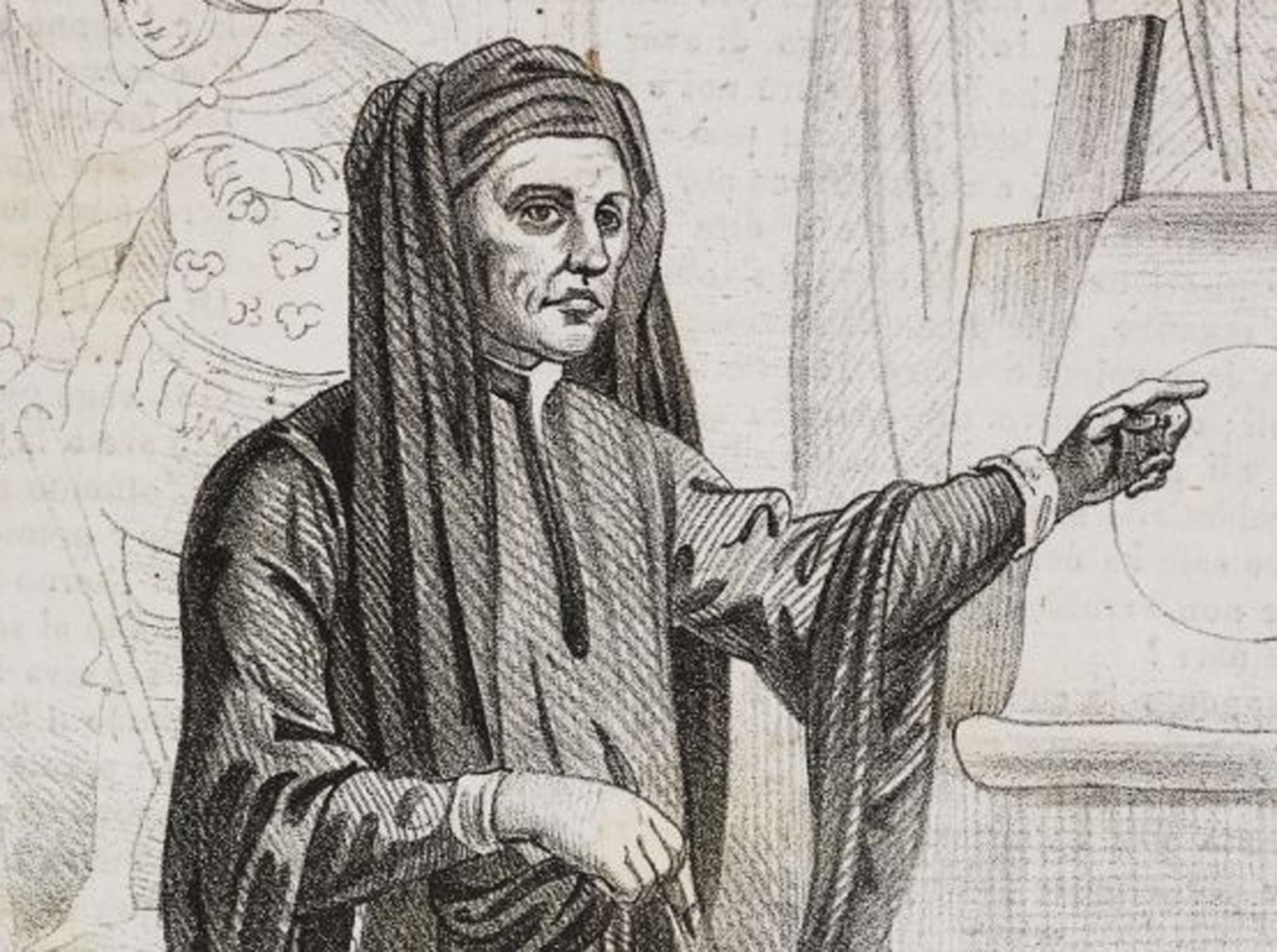TUSCAN MASTERPIECES
1 David
![]() Florence
Florence
At the age of 26, Michelangelo took on a huge slab of marble, nicknamed “the Giant” by the sculptors of the day, and turned it into David (1501–4), an intense young man contemplating his task as a proper Renaissance humanist would. Intended for Florence’s Duomo, it first stood in front of the Palazzo Vecchio. Damaged during an anti-Medici riot, it was eventually wheeled to the Galleria dell’Accademia for safekeeping.

Michelangelo’s David
2 Birth of Venus
![]() Florence
Florence
Housed in the Uffizi, Botticelli’s beauty strikes a classical, modest pose, covering her nakedness with her hands while an Ora (handmaiden) rushes to clothe her and the west wind, Zephyr, blows her gracefully to shore in a swirl of pink roses (c.1484–6).
3 Rosso Fiorentino’s Deposition
![]() Volterra
Volterra
The garish colours and twisted poses are the classic hallmarks of Florentine Mannerism, and this is one of its masterpieces. Its shockingly modern take on a traditional subject feels much more recent than 1521. It is housed in the Pinacoteca (see Volterra).
4 Gates of Paradise
![]() Florence
Florence
It took Ghiberti years (1425–52) to complete ten gilded bronze panels of Old Testament scenes on the Baptistry’s (see Baptistry: Gates of Paradise) east doors (now copies; originals in the Museo dell’Opera).
5 Trinità
![]() Florence
Florence
Masaccio’s Trinità, set in Santa Maria Novella, was painted in 1428. It is the first painting to use the mathematical single point perspective. The triangular composition of the work draws lines from two kneeling donors straight through the halos of Mary and St John to God the Father.
6 Duccio’s Maestà
![]() Siena
Siena
An altarpiece composed of several individual paintings, this was the first undisputed masterpiece of the Sienese School. It was paraded through the streets before its installation, and painting a Maestà became a rite of passage for artists. It is set in Museo dell’Opera Metropolitana.

Duccio di Buoninsegna’s Maestà depicting an enthroned Madonna and Child
7 Giovanni Pisano’s Pulpit
![]() Pistoia
Pistoia
The Pisanos (father and son) carved four stone pulpits, in Pisa, Siena and Pistoia. Located in Sant’Andrea (see Pistoia), Giovanni’s hexagonal 1301 pulpit depicts, in gory Gothic detail, biblical tales such as the “Last Judgement”.
8 Giotto’s Maestà
![]() Florence
Florence
On display at the Uffizi, Giotto’s masterful work (1310) broke conventions by dressing the Virgin in normal clothes rather than stylized robes, with the Child perched on an actual lap rather than hovering.
9 Allegory of Good and Bad Government
![]() Siena
Siena
Located in Museo Civico, Ambrogio Lorenzetti’s 1338 fresco wraps around the medieval ruling Council of Nine’s chambers. Ruled by figures of Good Government, medieval Siena prospers, while ruled by Bad Government, it crumbles.

Lorenzetti’s Allegory of Government
10 Resurrection of Christ
![]() Sansepolcro
Sansepolcro
Piero della Francesca’s muscled, heavy-lidded Jesus rises from his sarcophagus, bringing the dreary, dead landscape flowers to life (1463). The sleeping Roman soldier slumped in brown armour is said to be a self-portrait. The painting can be viewed at the Museo Civico (see Sansepolcro).
TOP 10 TUSCAN ARTISTS
1 Giotto (1266–1337)
Giotto took painting from its static, Byzantine style and set it on the road to the Renaissance.

Lithograph of Giotto di Bondone
2 Simone Martini (1284–1344)
Martini took a medieval eye for iconography and married it to a vibrant palette and intense drama.
3 Donatello (1386–1466)
The first Renaissance sculptor worked out perspective before the painters, and cast the first equestrian statue and first freestanding nude since antiquity.
4 Fra Angelico (1395–1455)
Manuscript illumination informed his art, but Angelico’s work is based on the ideas of naturalism and perspective.
5 Masaccio (1401–28)
Masaccio imbued Renaissance painting with an unflinching naturalism and perfected single point perspective.
6 Piero della Francesca (1416–92)
A visionary whose compositions have an ethereal spirituality, well-modelled figures and a mastery of perspective.
7 Botticelli (1444–1510)
The master of grand mythological scenes is said to have tossed his own “blasphemous” works upon the Bonfire of the Vanities.
8 Leonardo da Vinci (1452–1519)
The ultimate Renaissance Man: a painter, proto-scientist and inventor, with a penchant for experimentation.
9 Michelangelo (1475–1564)
Famously irascible, he was a sculptor of genius by his early 20s.
10 Plautilla Nelli (1524–1588)
A Florence native, Nelli was a nun as well as a self-taught painter. She is considered one of the city’s first female Renaissance artists.
